Storm Damage Restoration: Balancing Repairs With Long-Term Prevention
The process of storm damage restoration is more than simply repairing visible damage after a severe weather event. It is a combination of immediate recovery and long-term planning to increase resilience against future storms. As the intensity and frequency of storms continue to rise due to climate change, properties and communities must consider both restoration and prevention to reduce repeated losses and ensure safety.
According to NOAA Climate.gov, in 2024, there were 27 individual weather and climate disasters with at least $1 billion in damage value. This staggering statistic highlights the widespread impact of storms and underscores the importance of viewing restoration as a strategic investment. Proper storm recovery addresses both structural and environmental damage while building resilience for the future. Storm damage restoration requires a holistic approach that balances immediate repair needs with strategies to prevent recurrence. By understanding the types of damage, implementing appropriate repairs, and investing in preventive measures, properties can not only recover but also emerge stronger and more resilient.
Understanding the Types of Storm Damage
Storms can affect properties in multiple ways, each requiring specialized restoration strategies. Water damage is one of the most common and destructive consequences. Flooding, leaks, and prolonged exposure to moisture can weaken foundations, damage walls, and promote mold and mildew growth. Addressing water damage promptly is critical to prevent long-term structural issues and health hazards. Advanced waterproofing solutions and improved drainage systems can reduce the risk of similar damage in future storms.
Wind damage presents another major threat. High winds can remove roofing, siding, and windows, while also displacing debris that can strike buildings, vehicles, or landscaping. Reinforcing structures with wind-resistant materials and ensuring proper anchoring can minimize the extent of damage in subsequent storms. Hail damage may initially seem minor, but its effects can be significant. Roofs, exterior structures, and vehicles may be dented, cracked, or punctured. Even small hailstones can create weak points that allow water intrusion, which can lead to larger problems over time. Using impact-resistant materials during restoration can reduce vulnerability.
Lightning damage often goes unnoticed until it causes electrical failure or fire. Lightning strikes can compromise electrical systems, appliances, and infrastructure. Grounding systems and surge protection are preventive strategies that reduce the risk of major damage.
Secondary hazards such as mold growth, mildew, and structural deterioration often appear after the storm and can exacerbate existing damage. Addressing these issues is critical to ensure that restoration is comprehensive and long-lasting. Thorough inspection and remediation are essential to mitigate long-term risks and maintain the integrity of the property.
Assessing Safety and Securing the Site
Safety is the first priority in any storm damage restoration effort. Ensuring that the property is safe for occupants and restoration personnel prevents further accidents or injuries. Hazards such as downed power lines, weakened structures, and contaminated water must be identified and controlled immediately.
Temporary measures like tarping roofs, boarding windows, and securing loose debris help protect the property from additional damage while permanent restoration is planned. Controlling erosion is another key aspect, as soil and landscape can be severely affected during a storm. Temporary barriers or sandbags prevent further deterioration and help stabilize the surrounding environment. In addition to physical safety, planning the sequence of restoration is essential. Prioritizing areas at greatest risk of further damage allows for a more organized and effective recovery process. Ensuring that safety protocols are strictly followed reduces the risk of injury and lays the groundwork for a successful restoration.
Evaluating the Extent of Damage
A thorough evaluation of the property is critical in storm damage restoration. A detailed assessment provides clarity on the full extent of the damage, guides the repair process, and informs insurance claims. Documentation should include photographs, written reports, and, if necessary, video recordings to capture both visible and hidden damage.
Evaluating damage requires inspecting all aspects of the property, including roofs, walls, interior structures, utility systems, and surrounding landscapes. Damage that appears minor on the surface may have underlying implications, such as water infiltration or compromised support structures. Identifying these issues early ensures that restoration efforts are comprehensive and that no area is overlooked.
Prioritizing repairs based on severity and risk helps allocate resources efficiently. Critical structural areas, utility systems, and vulnerable environmental features should be addressed first to prevent further deterioration. A systematic evaluation ensures that both immediate needs and long-term resilience are addressed in a coordinated manner.
Implementing Structural and Interior Repairs
Once damage is assessed, repair efforts focus on restoring functionality and reinforcing structures. Roofs and exteriors are typically repaired first because they protect interiors from additional exposure to the elements. Choosing durable and impact-resistant materials increases the longevity of repairs and reduces the likelihood of repeated damage.
Interior restoration involves repairing or replacing flooring, walls, insulation, and other materials affected by wind, water, or debris. Removing mold and mildew and ensuring structural stability are essential components of interior restoration. High-quality repairs provide a foundation for long-term resilience, ensuring the property is safe, habitable, and structurally sound.
Environmental restoration, including replanting vegetation, removing fallen trees, and stabilizing soil, restores balance to the landscape. Healthy landscaping contributes to erosion control and provides natural protection against future storms. Utility systems such as plumbing, electrical networks, and HVAC systems require professional inspection and repair to guarantee full functionality. Comprehensive repair strategies integrate all these elements to ensure a robust and sustainable restoration.
Incorporating Preventive Measures for Future Storms
A critical part of storm damage restoration is implementing preventive measures to reduce vulnerability in future storms. Structural reinforcements, including hurricane straps, impact-resistant windows, and reinforced roofing systems, enhance a property’s ability to withstand severe weather. Waterproofing solutions such as improved sealants, drainage systems, and protective barriers prevent water intrusion and reduce the risk of mold or structural damage. Advanced roofing systems with durable materials and proper ventilation improve both longevity and resilience.
Technological solutions, including smart monitoring systems, provide early warning for potential issues such as leaks or electrical problems. These technologies enable faster responses and reduce the likelihood of extensive damage. Preventive strategies not only protect property but also reduce long-term restoration costs by minimizing recurring damage.
Managing Financial and Insurance Considerations
Financial planning and insurance are integral to effective storm damage restoration. Understanding policy coverage is essential to ensure adequate protection for wind, flood, hail, and other storm-related damage. Comprehensive documentation of all damage supports claims and can expedite the settlement process.
Government and nonprofit programs may provide additional financial assistance for restoration, particularly in cases of large-scale disasters. Allocating resources to preventive measures, such as structural upgrades and improved drainage, can also reduce future repair expenses. Sound financial planning ensures that restoration efforts are sustainable, timely, and aligned with long-term resilience goals. Insurance, when combined with proactive preventive measures, creates a robust framework for protecting properties against financial loss while maintaining safety and functionality.
Enhancing Community Preparedness and Collaboration
Storm resilience is not limited to individual properties; it extends to the broader community. Collaboration between local authorities, volunteer organizations, and neighborhood networks strengthens preparedness and ensures a coordinated response. Community education programs, workshops, and emergency drills foster awareness and equip residents with the knowledge and skills needed to respond effectively during storms. Shared resources, such as emergency equipment or communication systems, further enhance community readiness.
Sustainable infrastructure, including green spaces, proper drainage, and resilient building materials, supports long-term protection. Collective efforts in planning, preparedness, and resource management create a community-wide safety net that benefits all residents. Incorporating collaborative strategies into restoration planning increases both property and community resilience. Storm damage restoration is a complex process that involves immediate repairs, preventive strategies, and long-term planning. Effective restoration addresses structural, environmental, and utility damages while implementing measures to strengthen resilience against future storms.
Balancing repair with prevention ensures that properties remain safe, functional, and protected from recurring damage. Integrating financial planning, insurance strategies, and community collaboration enhances the overall effectiveness of restoration efforts. For professional storm damage restoration services and strategies to improve property and community resilience, contact Just Brilliant Restoration Corp today.

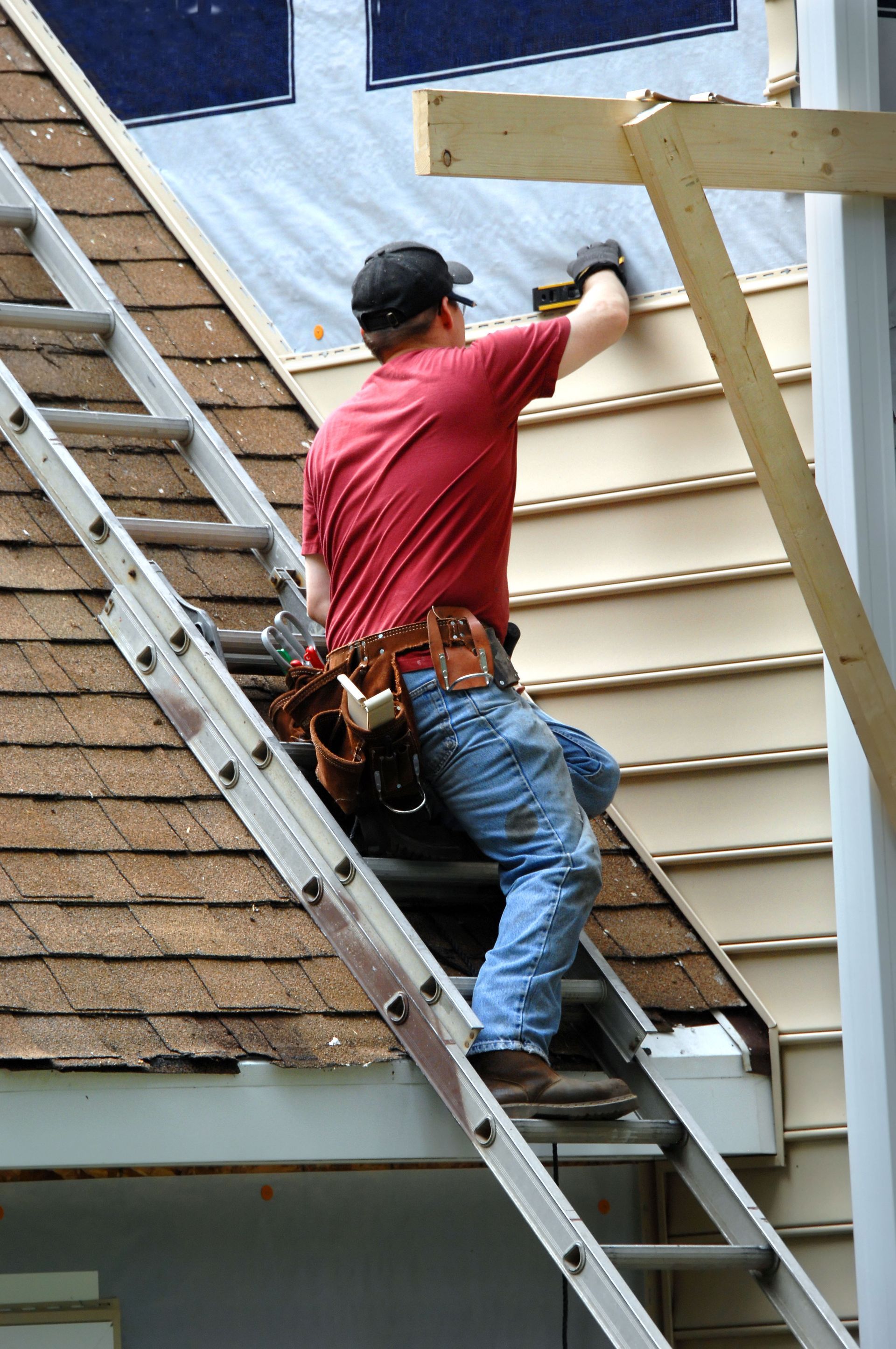
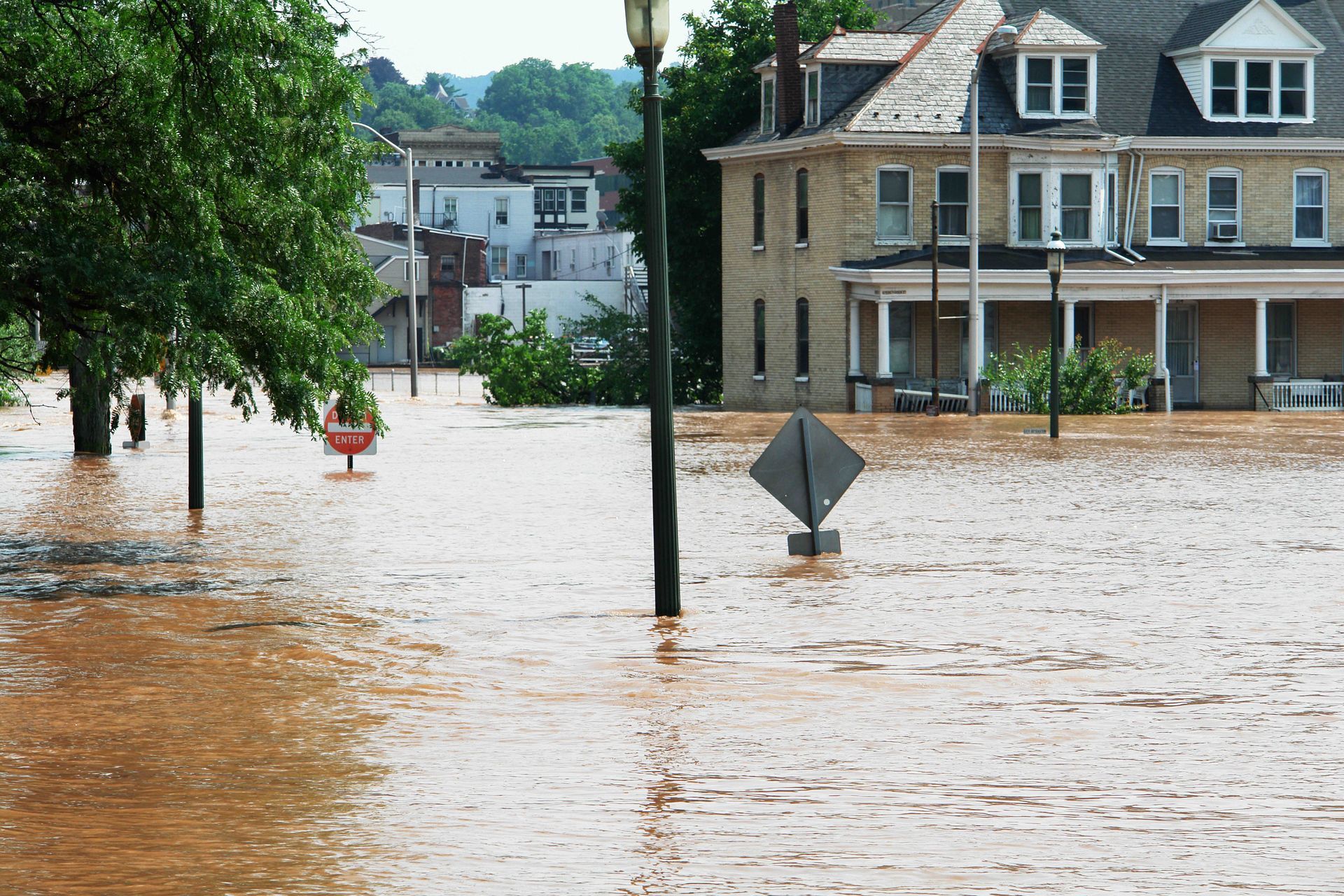
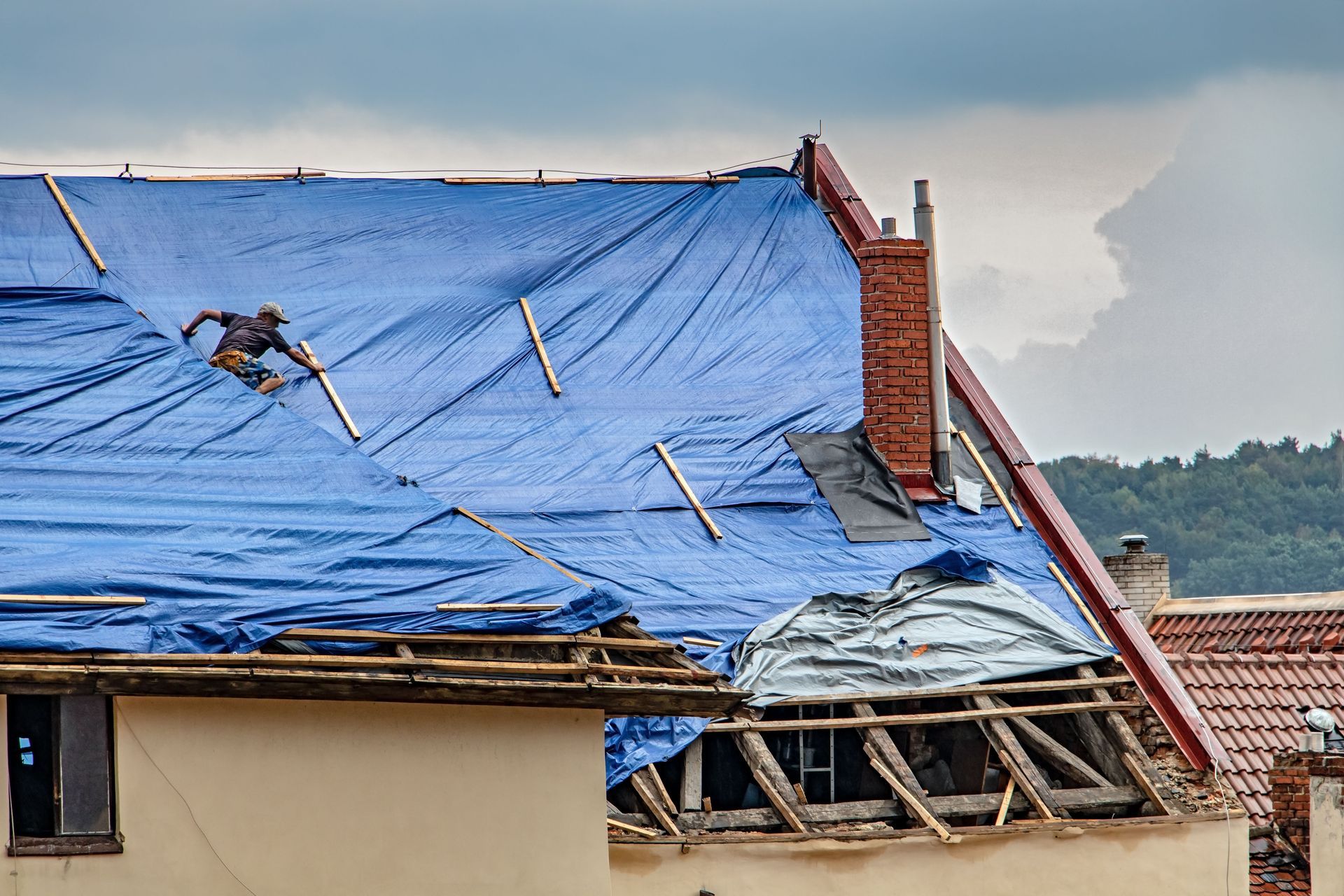
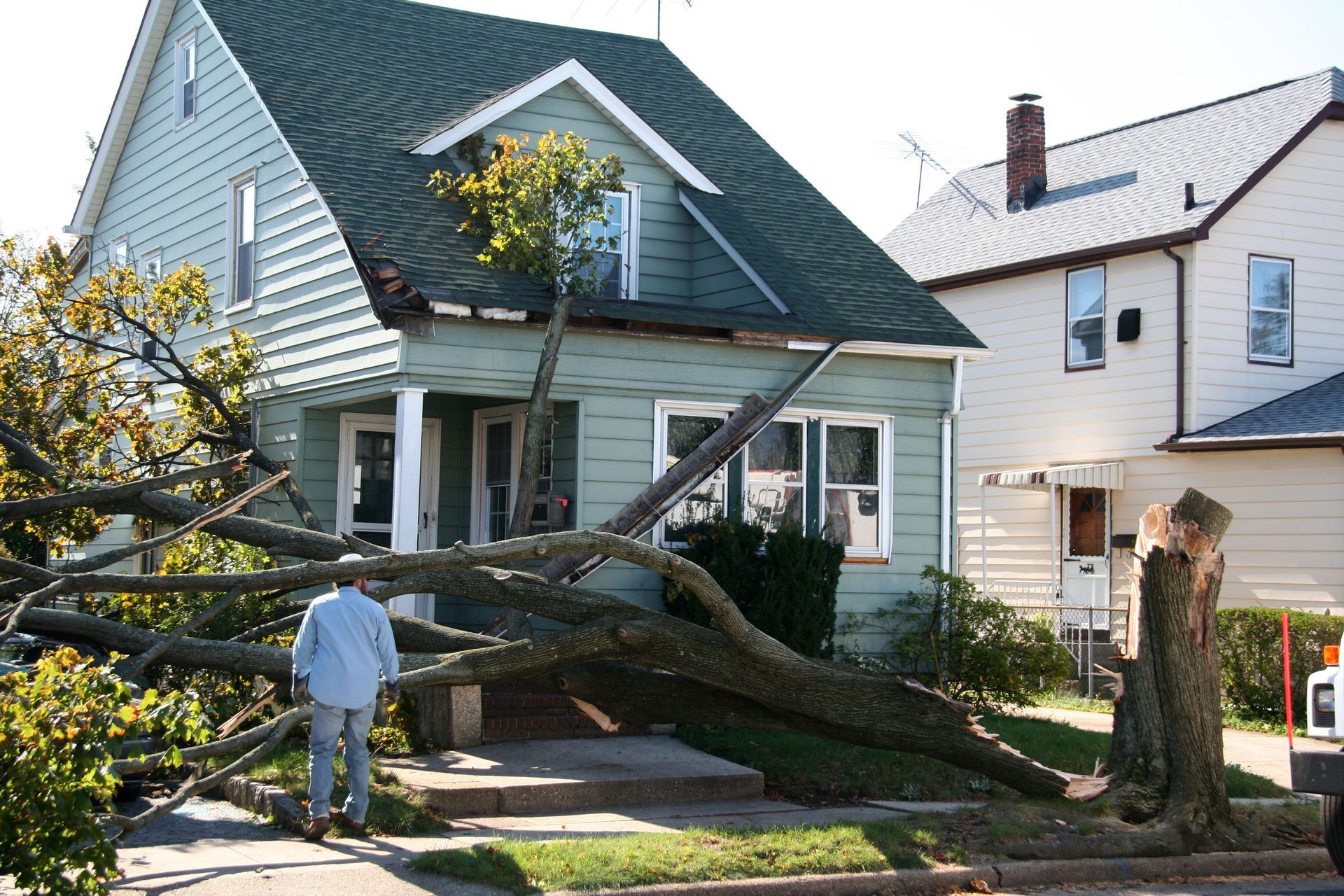
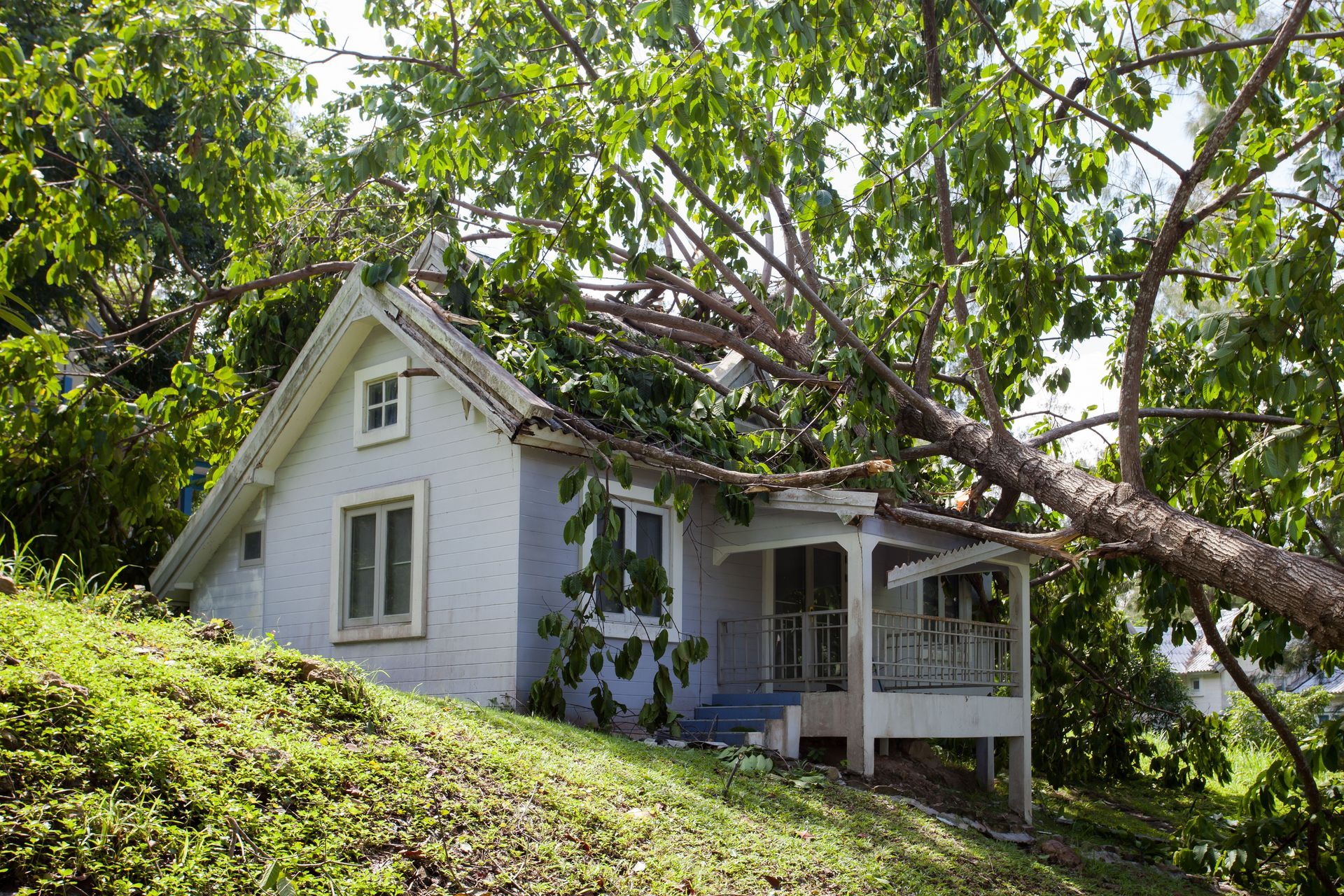
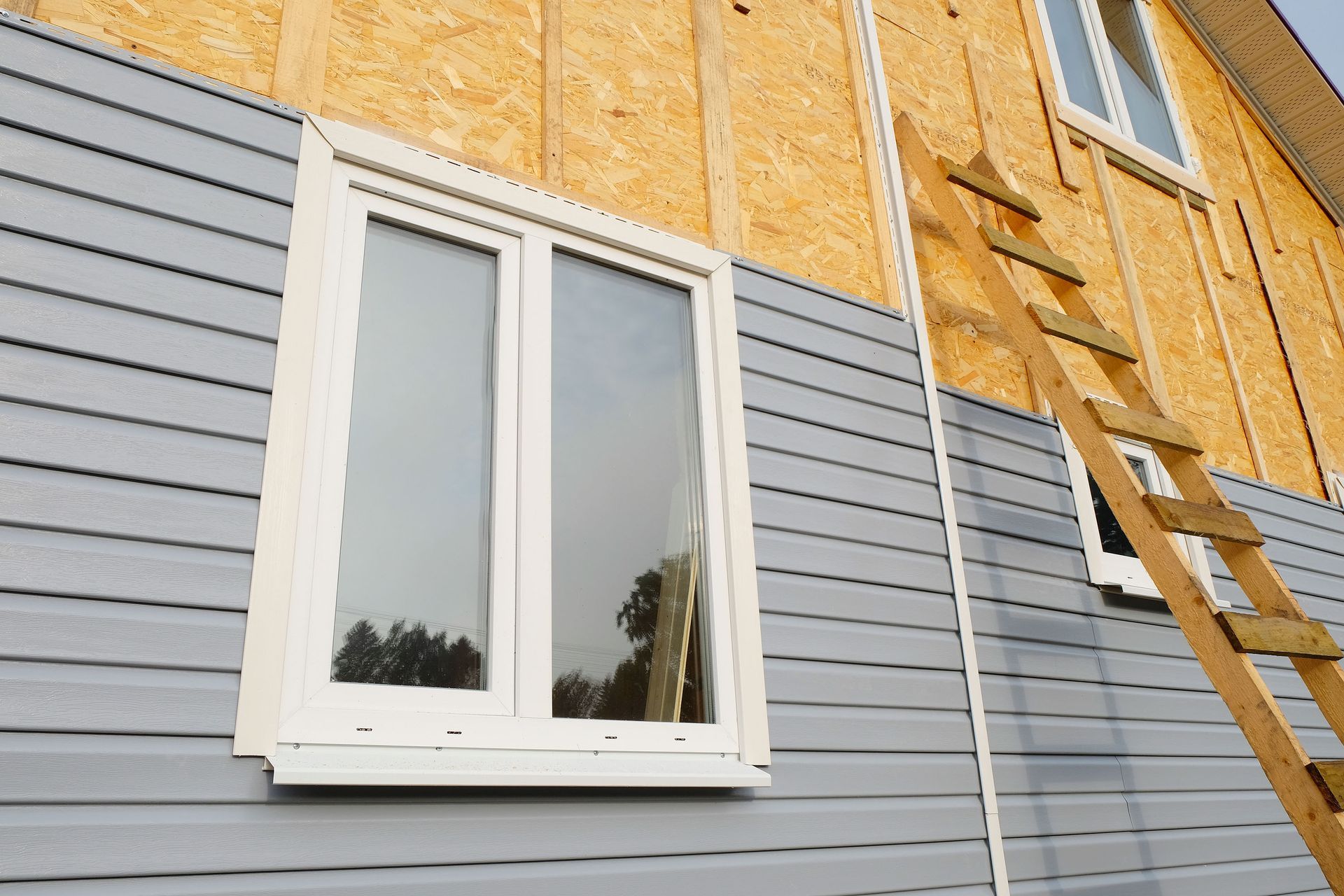
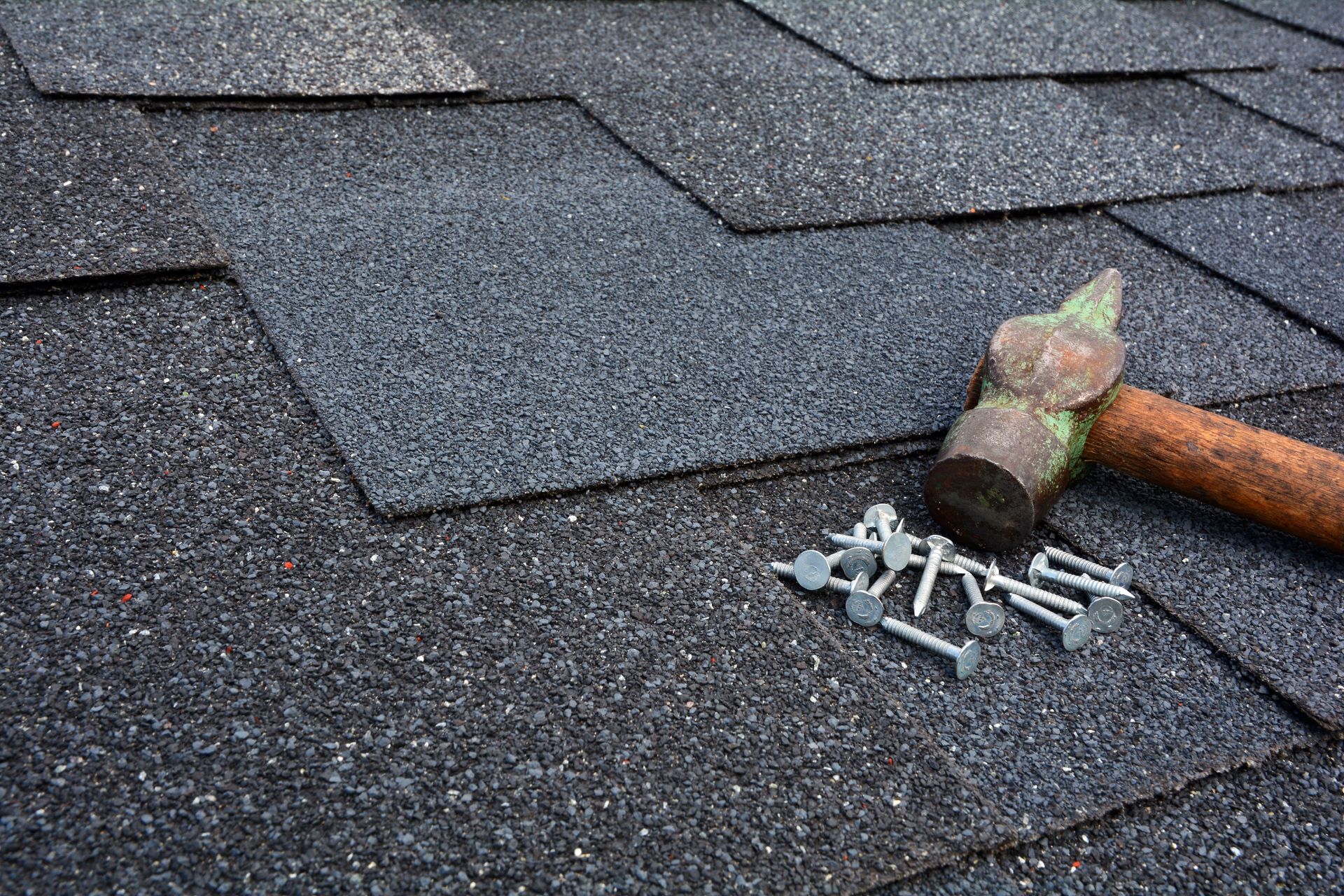
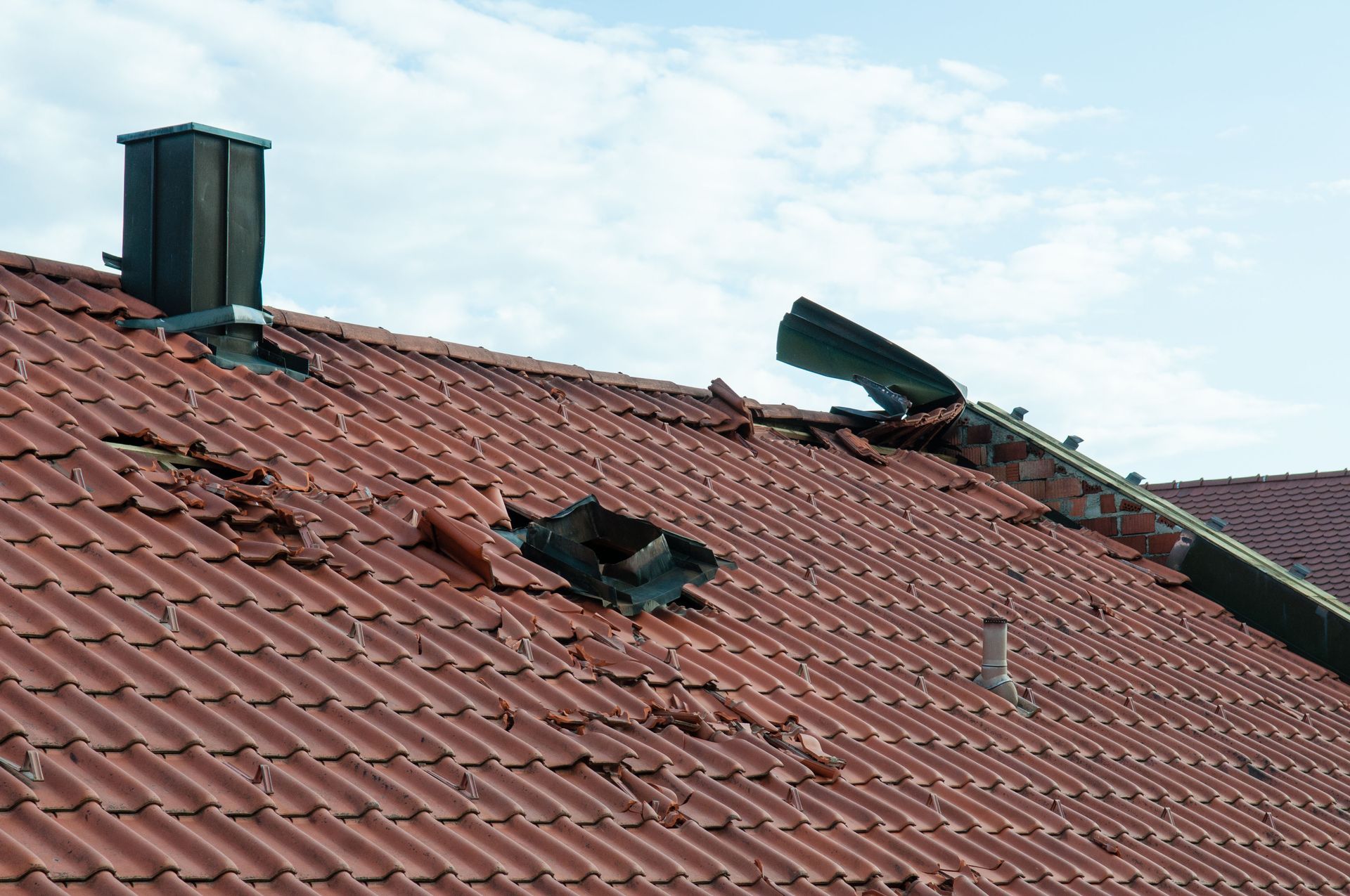
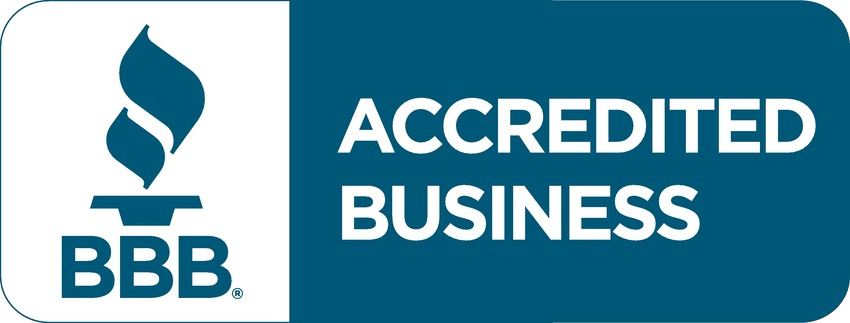
Share On: